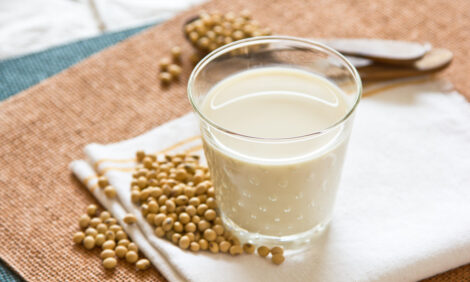



Mastitis Management
IRELAND - In the current difficult economic climate no matter which business you are in, if there are efficiencies available, it pays to seek out those efficiencies and apply them, says Norman Beggs MVB MRCVS, Veterinary Sciences Division, AFBI Omagh.Milk production in Northern Ireland is no exception and mastitis control is one area where significant savings can be gained by attention to detail in specific areas of herd management.
Milk sold off-farm in Northern Ireland for the first six months of 2010 had a Somatic Cell count (SCC) of 235,000 cells per ml compared to a cell count of 195,000 cells per ml for milk sold off-farms in England and Wales during the same period.
This shows that a significant number of herds in Northern Ireland are failing to effectively control mastitis and are carrying the burden of increased costs of antibiotic treatments, consequent loss of milk sales, penalties for high bulk milk SCC and increased culling and therefore higher replacement costs.
At the same time many herds in Northern Ireland successfully produce low SCC milk and experience a low incidence of clinical mastitis with consequently higher profit margins. This article will highlight some of the key areas dairy herd managers should focus on to effectively control sub-clinical mastitis (as indicated by high bulk milk SCC) and minimise the number of clinical mastitis cases requiring antibiotic treatment each year.
Somatic Cell Counts (SCC) are universally accepted and applied as a measure of inflammation in the cow’s udder and are usually measured in thousands of cells per ml of milk. Inflammation in the udder is known as mastitis. Increased cell counts indicate mastitis, most commonly caused by bacterial infections, which can be either clinical (visible changes in milk e.g. clots, watery milk) or sub-clinical (elevated cell count, but no visible changes in milk constituency).
Research has shown that milk with high SCC has lower quality and shorter shelf life and EU regulations state that raw milk being sold for human consumption should have a rolling geometric average SCC over a three month period of less than 400,000 cells per ml.
It is worth remembering that the bulk milk sample is a collection of many individual quarter milk samples and will therefore represent an average of those samples. A bulk milk sample with a SCC as low as 160,000 cells per ml can therefore ‘hide’ a significant number of individual quarter samples with cell counts of 1,000,000 cells per ml or more. These high cell count quarters should be identified within the herd and targeted for either culling or specific treatment during lactation or at drying off.
Research has shown that the difference between a herd with a bulk milk SCC of 400,000 cells per ml and a herd with a bulk milk SCC of 200,000 cells per ml is NOT a difference of 200,000 more cells per ml for each cow in the high cell count herd.
The fact is that the herd with the high cell count has a higher proportion of cows with cell counts of >1,000,000 cells per ml. These cows are clearly identified in the cell count exception report provided at the end of each month in herds which are milk recording. Detailed examination of all the cows on the cell count exception report will yield most benefits in herds with high bulk milk SCC.
Individual quarter samples should be aseptically collected from these cows and submitted to a laboratory for culture and SCC. The individual quarter SCC will tell you how many quarters in each cow are producing high cell count milk (A cow with a cell count of 500,000 may have three quarters with single figure SCCs and one quarter with a cell count > 1,000,000 cells per ml).
Taking into account cell count history, stage of lactation, age of cow, number of quarters infected and which bacteria have infected each quarter, your veterinary surgeon will then be able to advise whether antibiotic treatment or culling will be the most cost-effective option for each cow.


